800 words.
It’s not a review, I’m working out a thought.
We are in the middle of a moment, questioning the role of the museum. It isn’t much of a conversation, though, or at least not one with another person. More muttering while performing a routine task. Museums are slow-moving institutions. I think the museum, as an idea and as a system, isn’t being questioned but adopted in art galleries. Overtly and otherwise. But what does it mean to present work like it were in a museum? Last weekend I went to three exhibitions; Khvay Samnang’s Calling for Rain, a multimedia exhibition centred around a video installation with rain simulation machines, ten forest vine woven masks and several photographs; Amartey Golding’s Bring Me To Heal, a multimedia exhibition centred around a two-channel video installation with a garment made from human hair and several photographs and paintings; both at Tramway, Glasgow; and Ailbhe Ní Bhriain’s An Experiment with Time, a multimedia exhibition centred around a two-channel video installation with jacquard loom tapestries, painted clay balls, scans of the reverse of archival photographs, limestone slabs, and other objects under Perspex display cases; at the Centre for Contemporary Arts, Glasgow.
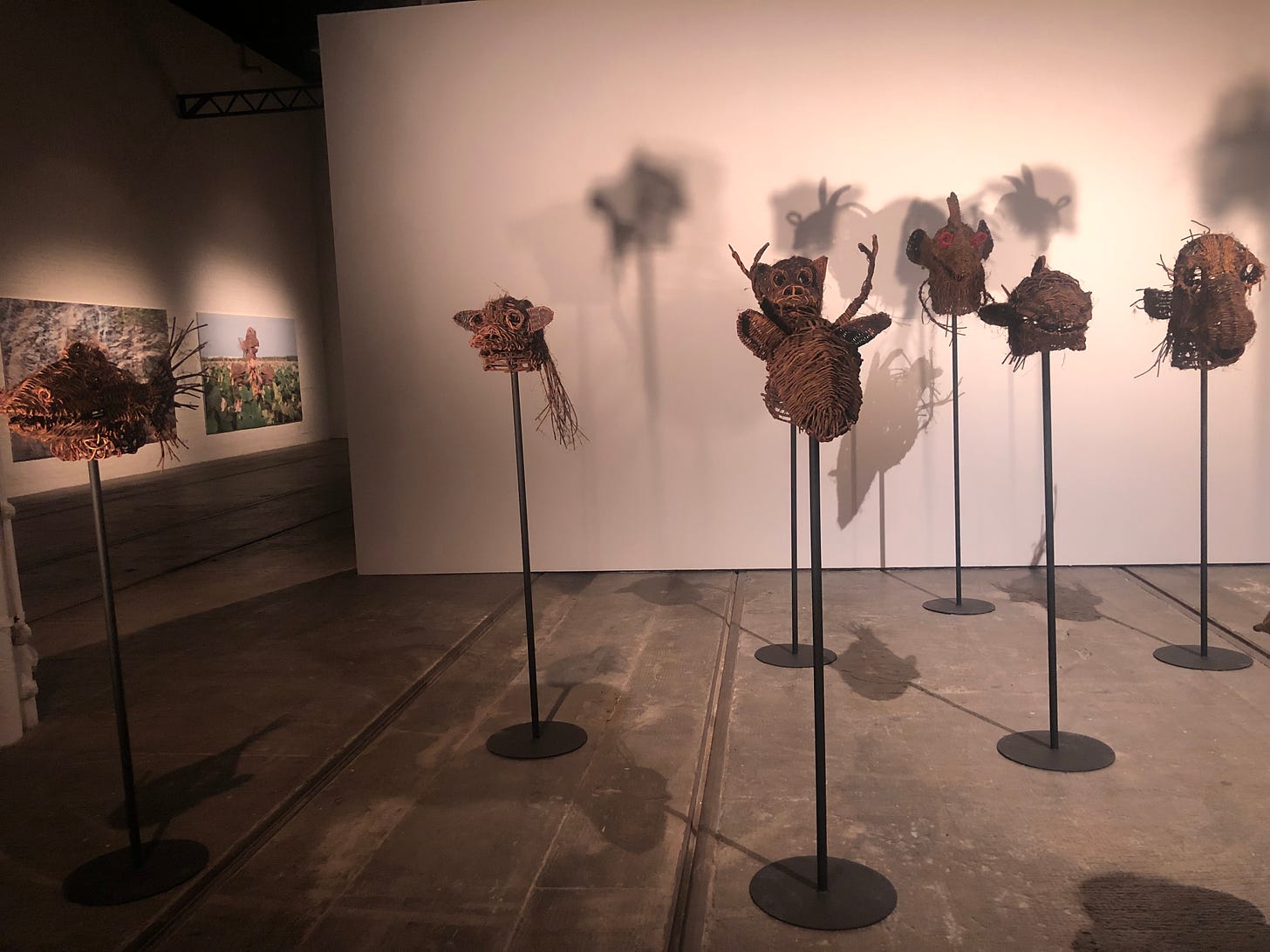
I have grouped these works not because they’re similar, the three exhibitions are all different, but because their presentation is. I don’t claim to be in the room when decisions get made (please hire me) so I can only assume it’s either that curators think alike, or artists think alike, maybe both. The video installation with accompanying props or costuming curatorial play is a tired one. From my understanding of some sports, a play is a routine (but not a dance routine) or a particular manoeuvre. Opening a chess game in a particular way, with the many variations that can occur thereafter, doesn’t stop nerds from identifying the name of the opening. What compels art workers to bring the material of the video into the space? Or align themselves with the museum? Is it Institutional Critique®? Is it lazy curation? What do we have? A costume, a mask, a rock. Great. Pop it over there. Is it radical self-canonising? Is it materially important? Is it purely sculptural? Does it fill the space?
It’s not always bad. In Calling for Rain, the video, the install, and the masks all work. Unfortunately, there were still several meters of space behind, so several photographs went up to fill the space. I only write ‘fill the space’ because the material quality is so poor it was hard not to see the stark disparity between them and the other works. In Bring Me To Heal, the hair garment is presented in the museum, in the video, filmed at the V&A. From its museum spot it is worn through the space, and here it resides in Tramway; in a darkened room, a black cube museum of its own. It works. In An Experiment in Time, the material of the video doesn’t supplant itself in the space. Perhaps the tapestries appear like stills from computer-generated black and white drone footage. Regardless, it was the third room with the Perspex boxes, the little objects, and the scanned photographs that most closely mimicked the museum. What do you want me to think? Museum bad, gallery good. The artist questions the museum by mimicry, soberly presenting objects after ecological devastation in the last of its kind. The world’s last museum.
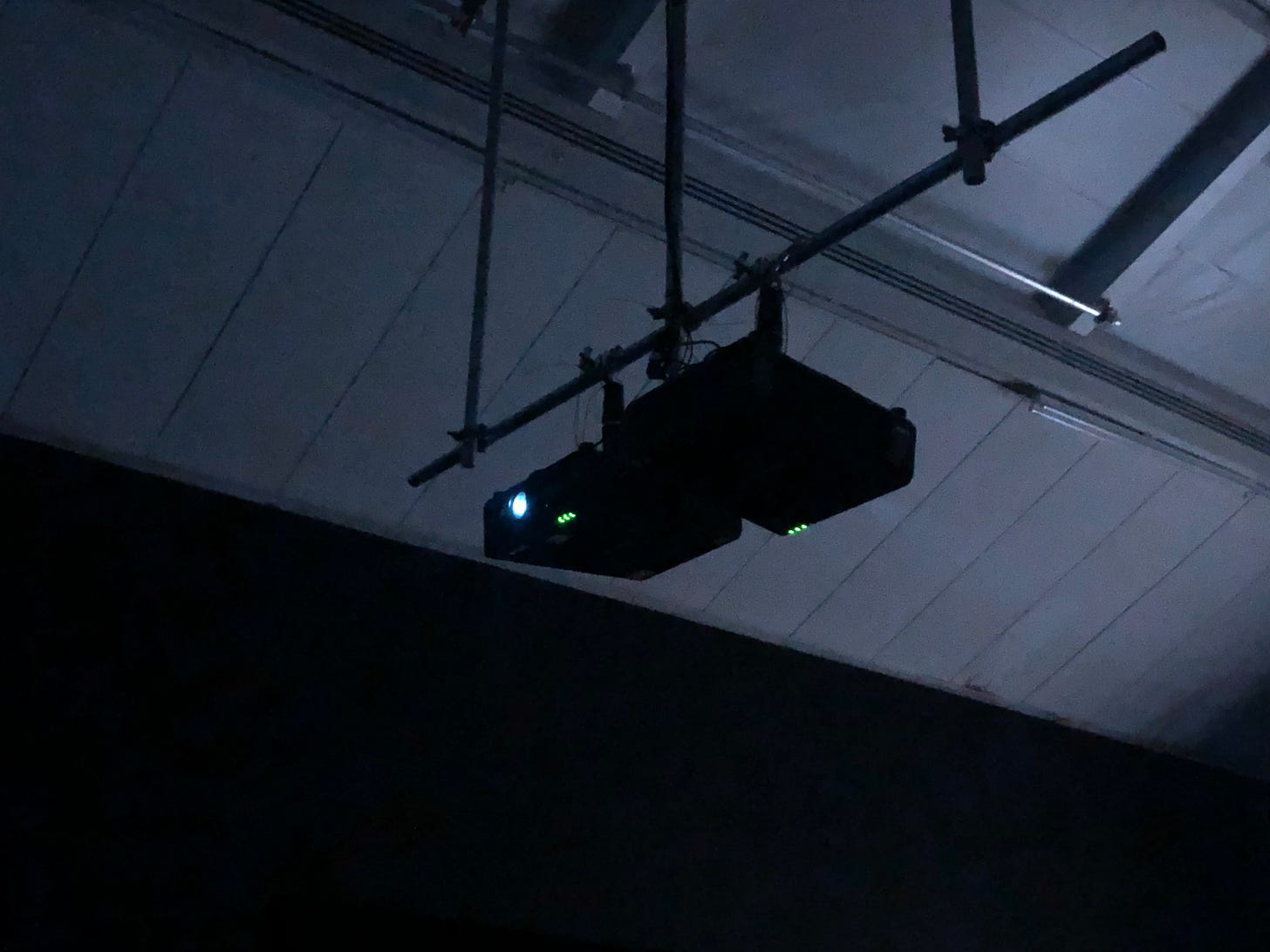
The problem with museums is their continued restatement of power when presenting data or histories or art. There’s a means by which we understand objects in that presentation style; in vitrines, behind glass, and on plinths; the objects constricted by power. Made to work in relationship to others to tell a story. A museum aesthetic can become visible when a curator is merely filling a space, or presenting the contents of a video. Sometimes the material of a video isn’t good, sometimes the garment doesn’t look good in person, sometimes the medium it was contained within (the video) coats the eyes of the viewer with vaseline. Does the museum presentation style merely mean ‘important’? Significant objects go in museums, the work is significant/urgent/necessary (as all work is these days) and so will go in the gallery museum? Each of the exhibitions I saw over the weekend used/critiqued the museum to a different end; mimicking/mocking the museum, adopting presentation practices in earnest or making a new museum. I don’t have answers. I think institutional critique is an ouroboros that’s also a circle of Hell—maybe the fifth. Anyway…Why art galleries look like museums is a fun dinner-table-ready conversation topic, just like Why is everything so expensive? and How much do you pay for therapy? We can all be wrong about it together.
—Andy x

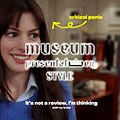




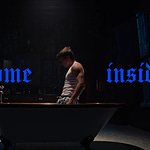



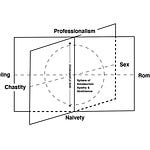

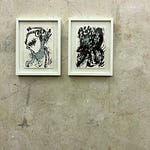
Museum Presentation Style